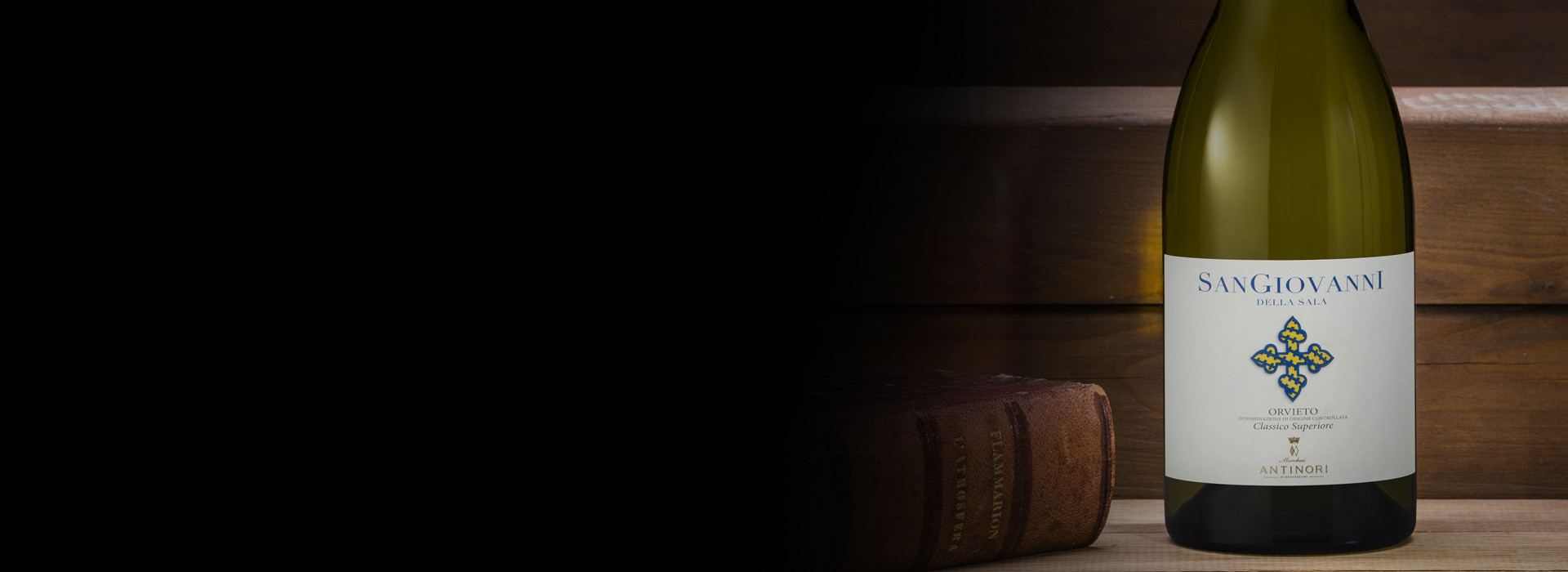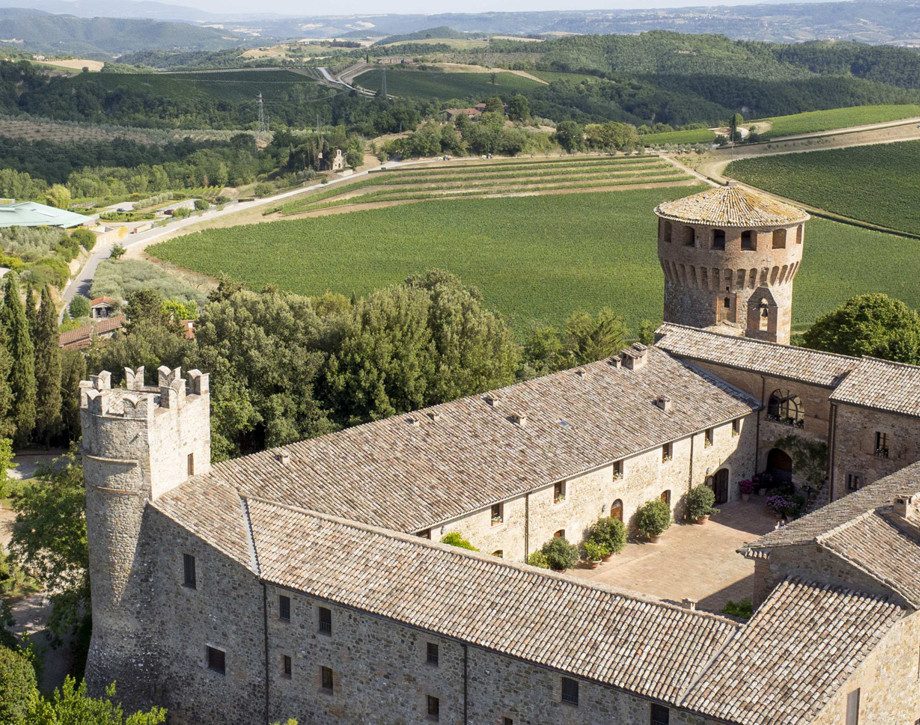San Giovanni Della Sala

Climate
2015 was A vintage characterized by a rather rainy winter and a mild spring which saw both an early bud burst and an early flowering compared to normal seasonal averages. Drop irrigation allowed vine stress caused by summer heat to be controlled and limited. Lower temperatures and light rainfall towards the end of the summer created ideal conditions for a complete ripening of the grapes.
Vinification
The grapes, harvested with a sugar content a bit higher than average, were fermented separately, variety by variety. Part of the crop was fermented using a cold maceration technique (with the must left in contact with the grape skins for approximately six hours at a temperature of 50° centigrade, or 10° Fahrenheit). This must was added to that obtained by the direct pressing of the grapes and the entire volume went into stainless steel fermentation tanks, where it fermented at a temperature of 61° Fahrenheit (16° centigrade). After the first rackings, the wine remained for several months on its fine lees, adding structure, elegance, and savor up until the moment of the final blending and subsequent bottling.
Historical Data
San Giovanni is produced from the vineyards surrounding the medieval castle at Castello della Sala and is a blend of indigenous varieties, Grechetto, Procanico with Pinot Blanc and Viognier; a new interpretation of the Orvieto Classico appellation. The first vintage of Castello della Sala’s Orvieto Classico was 1990.
Tasting Notes
A light straw yellow with greenish highlights in color, the wine shows a fruity nose with notes of citrus fruit, peaches, and pineapples. The structure and the acidity balance one another and the finish and aftertaste are lively and persistent.

The Wine
San Giovanni comes from Castello della Sala’s vineyards and is made with a blend of Grechetto, Procanico, Pinot Bianco and Viognier, a contemporary representation of Orvieto Classico.

Climate
2015 was A vintage characterized by a rather rainy winter and a mild spring which saw both an early bud burst and an early flowering compared to normal seasonal averages. Drop irrigation allowed vine stress caused by summer heat to be controlled and limited. Lower temperatures and light rainfall towards the end of the summer created ideal conditions for a complete ripening of the grapes.
Vinification
The grapes, harvested with a sugar content a bit higher than average, were fermented separately, variety by variety. Part of the crop was fermented using a cold maceration technique (with the must left in contact with the grape skins for approximately six hours at a temperature of 50° centigrade, or 10° Fahrenheit). This must was added to that obtained by the direct pressing of the grapes and the entire volume went into stainless steel fermentation tanks, where it fermented at a temperature of 61° Fahrenheit (16° centigrade). After the first rackings, the wine remained for several months on its fine lees, adding structure, elegance, and savor up until the moment of the final blending and subsequent bottling.
Historical Data
San Giovanni is produced from the vineyards surrounding the medieval castle at Castello della Sala and is a blend of indigenous varieties, Grechetto, Procanico with Pinot Blanc and Viognier; a new interpretation of the Orvieto Classico appellation. The first vintage of Castello della Sala’s Orvieto Classico was 1990.
Tasting Notes
A light straw yellow with greenish highlights in color, the wine shows a fruity nose with notes of citrus fruit, peaches, and pineapples. The structure and the acidity balance one another and the finish and aftertaste are lively and persistent.

Castello della Sala
Castello della Sala is located in the Umbria region, not far from the Tuscan border, about 18 kilometers from the historic city of Orvieto. The Medieval castle’s property extends over an area of 600 hectares (1482 acres), 200 hectares (495 acres) are planted with vineyards at an altitude that varies between 220 and 470 meters above sea level (722/1541 feet) on the gently rolling hillsides that characterize the beautiful countryside in this area. Castello della Sala is the perfect place for growing white varieties. The vines grow in clay and calcareous based soils, rich in fossil shells, and they are well exposed to the rising of the sun with an excellent difference of temperature between day and night. The one exception to the rule is Pinot Noir, the only red variety that has found in this area ideal growing conditions to best express its full potential.

Soil
Soils originating from sedimentary deposits of marine fossils with veins of clay.
















